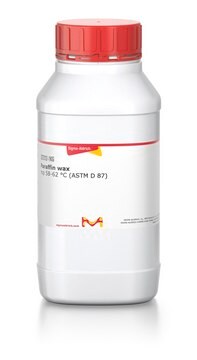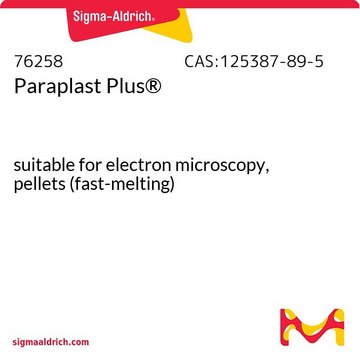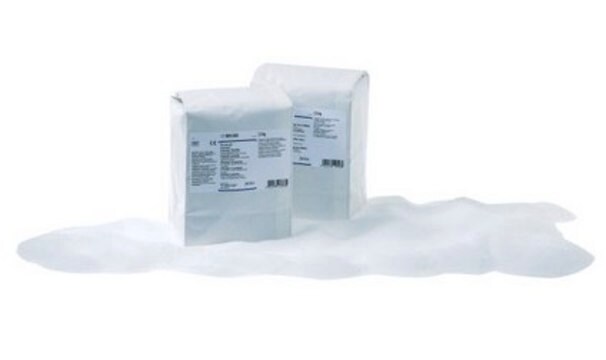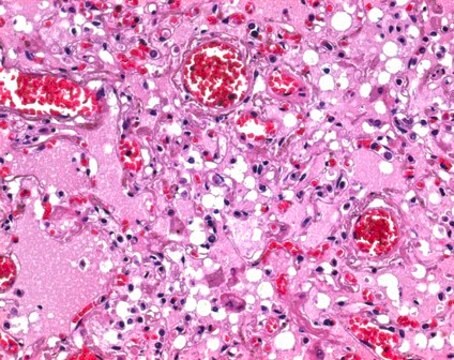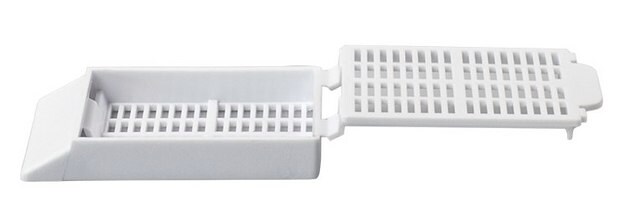P3558
Paraplast®
for tissue embedding
Synonim(y):
Paraffin – polyisobutylene mixture
About This Item
Polecane produkty
Formularz
solid
mp
56-57 °C (lit.)
56-57 °C
Zastosowanie
hematology
histology
temp. przechowywania
room temp
Szukasz podobnych produktów? Odwiedź Przewodnik dotyczący porównywania produktów
Opis ogólny
Zastosowanie
- to screen major groups of vertebrates for the presence of cardiac smooth muscle and its phylogenetic distribution in terrestrial and aquatic turtles
- to study the relationship between membrane impedance and dendrite length of hippocampal neurons
- to compare the regenerative properties of human stem cells of the apical papilla as an alternative to other dental stem cells
Cechy i korzyści
- Minimal tissue compression.
- Produces wrinkle-free sections.
- Excellent ribbon continuity.
Inne uwagi
Informacje prawne
Kod klasy składowania
11 - Combustible Solids
Klasa zagrożenia wodnego (WGK)
WGK 3
Temperatura zapłonu (°F)
Not applicable
Temperatura zapłonu (°C)
Not applicable
Środki ochrony indywidualnej
Eyeshields, Gloves, type N95 (US)
Wybierz jedną z najnowszych wersji:
Masz już ten produkt?
Dokumenty związane z niedawno zakupionymi produktami zostały zamieszczone w Bibliotece dokumentów.
Klienci oglądali również te produkty
or European diet with or without supplementation
of tributyrin and lactitol
in Invertebrates
Powiązane treści
Three-dimensional (3D) printing of biological tissue is rapidly becoming an integral part of tissue engineering.
Trójwymiarowe (3D) drukowanie tkanek biologicznych szybko staje się integralną częścią inżynierii tkankowej.
Nasz zespół naukowców ma doświadczenie we wszystkich obszarach badań, w tym w naukach przyrodniczych, materiałoznawstwie, syntezie chemicznej, chromatografii, analityce i wielu innych dziedzinach.
Skontaktuj się z zespołem ds. pomocy technicznej



